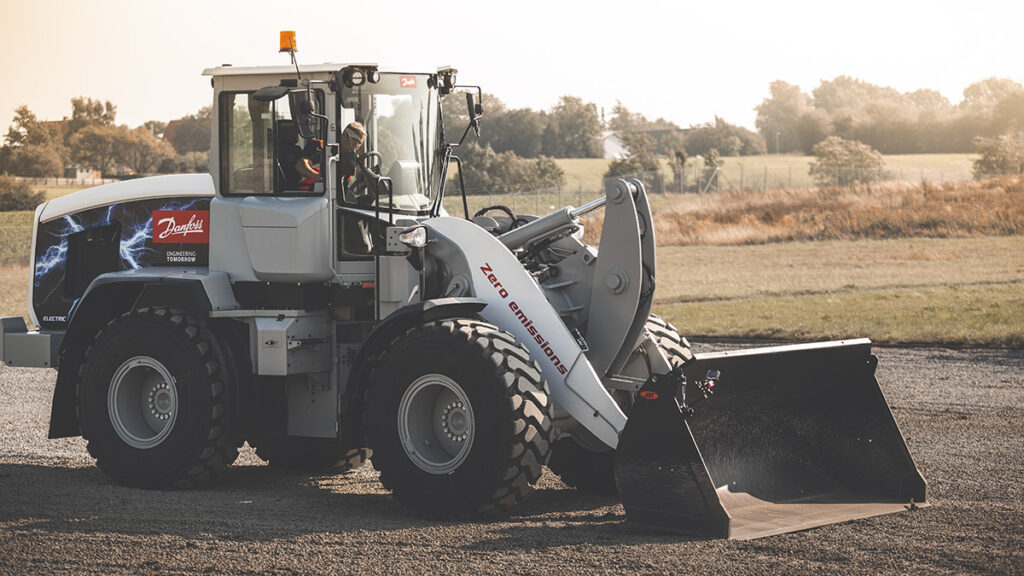When it comes to emobility, or electric vehicles, passenger cars get all of the focus and attention. That’s fully understandable; cars are what interest most people, and they are certainly the electric vehicles that we see most often, and in rapidly increasing numbers, on the roads of the UK, Europe and the US. In the UK, recent figures show that nearly ten per cent of all new car sales are BEV. In fact, it is delivery and supply chain issues that hold back BEV (battery electric vehicle) sales. Demand exceeds supply. Battery ‘gigafactories’ are springing up at a rapid rate globally, but they take time to build, even for Tesla.
Planes and boats
We saw in the last Discover Cleantech publication, a feature on electric flight. Whilst it may be some years before we see even relatively short-haul commercial flights, the likes of which carriers such as Easyjet and Ryanair specialise in, some commercial electric flight is far closer than most people think. eVTOL (electric vertical take-off and landing) ‘planes’ are being developed across Europe and the US, and these ‘air taxi’ companies are attracting significant investment. The Vertical Flight Society claims over one billion US Dollars is being invested annually, into the evolution of eVTOL aircraft. Velocopter recently raised another 170 million, bringing their total to 580 million US Dollars. A company I featured on my Leaders in Cleantech podcast recently, Vertical Aerospace, floated on the New York Stock exchange (NYS) via a 2.2 billion US Dollars IPO/SPAC. There are currently nearly two dozen companies flying full-scale eVTOL aircraft, many going through the rigorous certification process. The good news is that as well as these companies themselves, a significant number of companies are their Tier 1 and Tier 2 suppliers, creating many jobs; more of this later.
I was recently speaking at events in Oslo and Amsterdam, where boats, large and small, from canal cruisers, to passenger ferries, were on display. The electric ferry ‘Ellen’ recently set a new world record for sailing 50 nautical miles (92 kilometres) on a single charge.
The electric ferry ‘Ellen’ recently set a new world record for sailing 50 nautical miles (92km) on a single charge.
Bikes and Scooters
I mentioned previously the rapid rise in the sale of fully electric cars (BEVs), but it is eBikes that are the fastest growing form of e-mobility. In the US, eBikes are outselling electric and hybrid car sales combined. Across Europe and the US, commuters are switching from crowded public transport and expensive-to-run cars for their trips to the office – on the days that they work there. Whilst traditional bike sales have increased too, the benefit of getting to work in a less sweaty and out of breath manner has pushed many to go for the battery assisted option. And love them or hate them, electric micro-scooters are proliferating in cities around the world too. Personally, I love them – by far the best option if you are wanting to do a bit of sight-seeing, and want to avoid being stuck in a traffic jam or busy public transport.
Love them or hate them – e-scooters are rapidly increasing in numbers.
One for Bob the Builder!
I was recently speaking at an International Energy Agency (IEA) event in Denmark, hosting panel sessions on the electrification of maritime and urban road transport, but the bit I enjoyed most (I’m sad I know) was a panel on the electrification of construction equipment. The amount of energy consumed, and CO2 produced, in the building and construction sectors is huge. Concrete, cement and steel are all massive contributors to our global carbon emissions, and of course, their transportation too. In fact, across the global construction value chain, it is estimated that construction is the cause of 25 per cent of total global carbon emissions. And mobile machinery and stationary construction equipment alone contributes 400 megatonnes of CO2 annually.
Clean steel, cement and concrete are all being worked on, with some great examples of steel being produced using ‘green’ hydrogen. But let’s stick to construction sites for now. Companies like Danfoss are producing electric drive-trains and systems for electric construction machines, and some great retrofit solutions. Another big source of carbon emissions are the generators used to power tools and equipment on construction sites. We’ve all heard, seen and smelled them in operation. That’s another huge bonus of the electrification of construction sites and equipment. Most construction is in our cities and urban areas, where we live and work. Not only does electric equipment reduce carbon emissions (when powered from an ever-lower carbon grid, or directly from renewable energies), but it also provides a massive reduction in pollution, both air pollution and noise pollution. All of this is hugely welcome, especially when that construction site is near your home or office.
Those job opportunities again.
